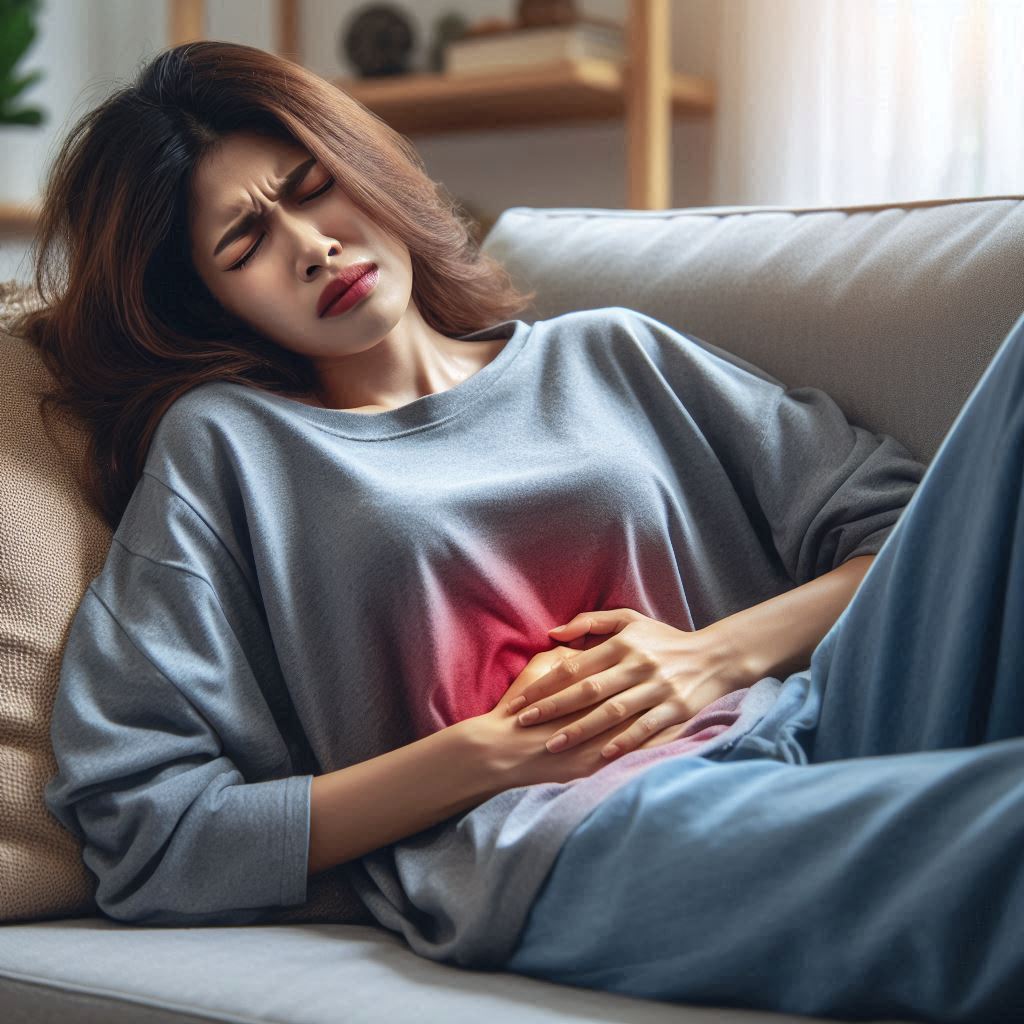
Endometriosis is a condition caused by excess estrogen created each month in the female body. Endometriosis affect an estimated 89 million women (usually around 30 to 40 years of age who have never been pregnant before) of reproductive age around the world. Endometriosis can also cause scar tissue and adhesions to develop that can distort a woman’s internal anatomy. It is estimated that 30-40% of women with endometriosis are infertile. Endometrial cells are the same cells that are shed each month during menstruation. The most common symptom of endometriosis is pelvic pain. Other symptoms may include diarrhoea or constipation (in particular in connection with menstruation) ,abdominal bloating heavy or irregular bleeding and fatigue.
Ovarian cysts are enlargements of the ovary that appear to be filled with fluid. The ovaries are two organs — each about the size and shape of an almond — located on each side of a woman’s uterus. Small cysts are formed outside of the ovary, which enlarge and produce endometriosis of the ovary. Hormone stimulation during the menstrual cycle produces many small cysts that eventually occupy the normal ovarian tissue. Ovarian cysts can be categorized as noncancerous or cancerous growths. All of the following are noncancerous ovarian growths or cysts. A woman may develop 1 or more of them.Cysts are painful and potentially harmful conditions. They are an important cause of pain in the lower abdomen ( pain in area below the belly button).
Treatment options for endometriosis can depend on your age. Surgery is one of the most effective methods of treating endometriosis so long as all the endo has been removed from the offending areas. Danazol therapy should be started when the patient is menstruating. Testosterone derivatives are another medication that was developed just for endometriosis. Hysterectomy – the uterus is removed, along with endometrial implants, cysts and adhesions. Major Surgery. For severe cases of endometriosis, major surgery used to be the mainstay to remove thick adhesions and excise endometriomas (endometriotic cysts of the ovary). Surgery to remove most of the endometrial patches followed by hormone treatment may be better at long-term easing of symptoms than just surgery alone. Some women with endometriosis who want to have children may need fertility treatment.
Endometriosis Treatment Tips:
1. Surgical treatment is the preferred approach to infertile patients with advanced endometriosis.
2. Oral contraceptive pills (OCPs) suppress LH and FSH and prevent ovulation.
3. Gestrinone is similar to danazol, but you only need to take it twice a week rather than daily.
4. Birth control pills help shrink endometrial tissue and improve pain for most women.
5. Stronger hormone therapy such as therapy with a gonadotropin-releasing hormone agonist (GnRH-a), high-dose progestin.
6. Caffeine, sugar and alcohol are the three most often cited items that women have removed from their diets.




